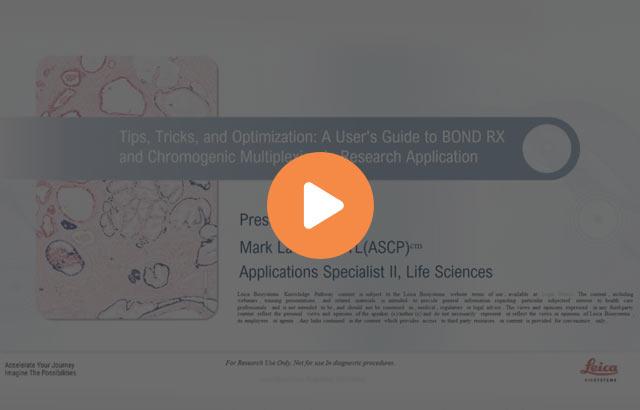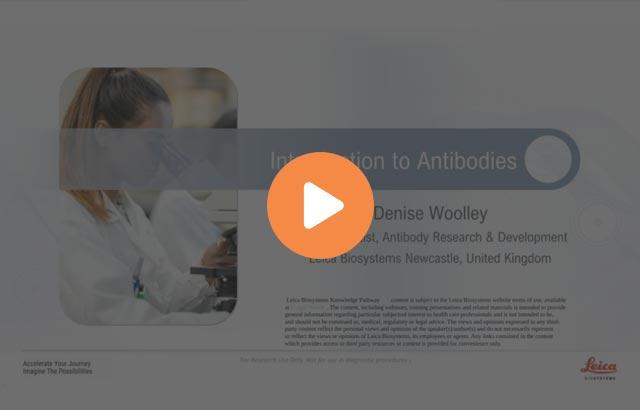Design, Optimization, and Validation of Multiplex Immunofluorescence Panels

In this webinar, we will cover biological and technical considerations when designing a panel, a linear process for developing, testing, and optimizing a panel, and an approach for technical validation of multiplex panels which detects and addresses known risks.
Multiplex immunofluorescence (mIF) combines the spatial information from immunohistochemistry ( IHC ) with multimarker phenotypes. Recent advances in mIF technology have made it possible for researchers to develop novel custom panels, but additional considerations must be taken into account in order to produce a panel which performs at least as well as IHC on a marker-by-marker basis, and avoids any undesirable interactions between detection of the targets and neighboring visible light spectra.
Learning Objectives
- Attendees will learn about key factors to consider when designing a new mIF panel
- We will walk through an efficient process for developing and optimizing mIF panels using TSA-linked fluorophores and iterative staining
- Attendees will become familiar with the best use cases and advantages of most common mIF staining and imaging technologies
- Attendees will come away from the webinar with an adaptable scheme for testing and validating a novel mIF panel
About the presenter

Michael Surace is a scientist at AstraZeneca, where he is responsible for the design, optimization, and validation of multiplex IF panels, as well as imaging and image analysis approaches specifically for the discovery of complex predictive and prognostic biomarkers for immune oncology.
Related Content
Leica Biosystems content is subject to the Leica Biosystems website terms of use, available at: Legal Notice. The content, including webinars, training presentations and related materials is intended to provide general information regarding particular subjects of interest to health care professionals and is not intended to be, and should not be construed as, medical, regulatory or legal advice. The views and opinions expressed in any third-party content reflect the personal views and opinions of the speaker(s)/author(s) and do not necessarily represent or reflect the views or opinions of Leica Biosystems, its employees or agents. Any links contained in the content which provides access to third party resources or content is provided for convenience only.
For the use of any product, the applicable product documentation, including information guides, inserts and operation manuals should be consulted.
Copyright © 2024 Leica Biosystems division of Leica Microsystems, Inc. and its Leica Biosystems affiliates. All rights reserved. LEICA and the Leica Logo are registered trademarks of Leica Microsystems IR GmbH.



